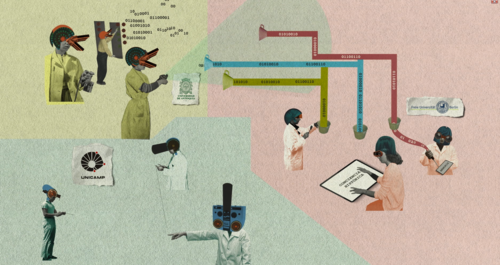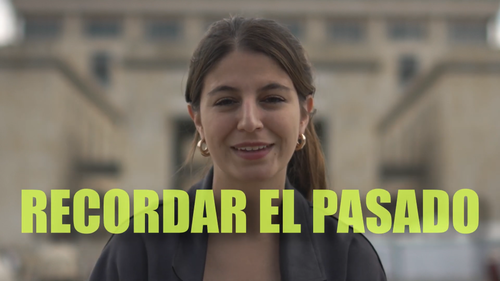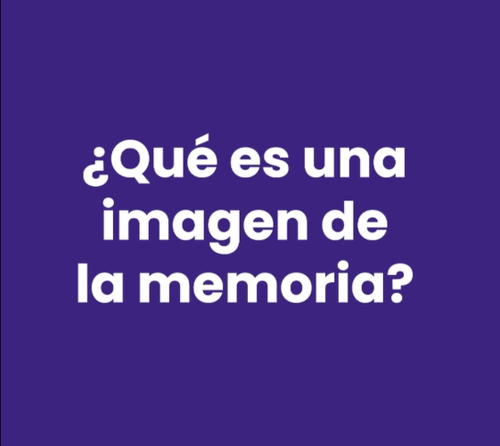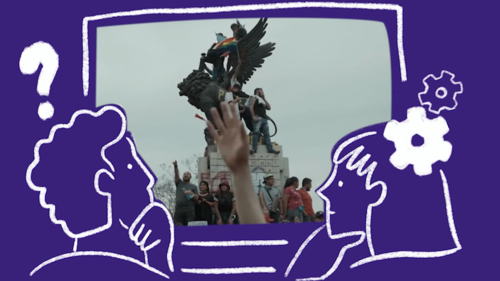Cápsulas Audiovisuales
Using digital methods in the GUMELAB project
The cápsula audiovisual ‘Using digital methods in the GUMELAB project’ explains the work with digital methods to measure the influence and impact of series and telenovelas on viewership at a national and transnational level. This is possible thanks to the collaboration with the Institute of Physics and the Group of Theoretical Physics and Applied Mathematics (GTFyMA) at the University of Antioquia (Medellín, Colombia), led by Leonardo A. Pachón Contreras. In addition to the video, this interdisciplinary work was also published in a handbook on the use of digital methods in humanities projects, which documents and analyses all the steps involved in working with digital methods. Click here for the video and here for the handbook.
The impact of telenovelas & series on our memories - the Colombian Palace of Justice
Series and telenovelas can shape our understanding of the past - on a national and international level. The video “The impact of telenovelas & series on our memories - the Colombian Palace of Justice” (subtitles available in English, German and Spanish) shows how and in what way this is being researched by the GUMELAB project. Using a concrete historical example, such as the Palace of Justice siege and its counterattack on 6 and 7 November 1985 in Bogotá, Colombia and the representations in series such as "Narcos" (Netflix, 2015-2017), "Pablo Escobar, el patrón del mal" (Caracol, 2012) and "El General Naranajo" (Fox Telecolombia, 2019-2020), the video shows how the GUMELAB project approaches the research question and what role the individual narratives play in this. Soon there will be more information on this research in Hannah Müssemann's article "Aquel Palacio en Llamas" -Licencias narrativas para explicar lo inexplicable. La representación de la Toma y la Retoma del Palacio de Justicia en telenovelas y series sobre la historia colombiana", published in the book "Latin America's Contested Pasts in Telenovelas. History as Fuel for Entertainment", edited by Mónika Contreras Saiz and Stefan Rinke. Berlin: de Gruyter. (forthcoming, 2024).
What is a memory image?
Memory images are a theoretical concept used in the GUMELAB project to find out which historical and emotional events from the past are remembered by the audience. We asked our cooperation partners from Chile, Colombia, Brazil and Germany what they understand by this concept. This resulted in a four-part series that was posted on our Instagram channel. In this way, the theoretical conceptualisation is presented in a multimedia format and can thus reach a different audience. The reel series is part of our science communication.
Click here for the reels (short video clips).
GUMELAB: briefly explained
The first cápsula audiovisual (short, virally conceived audiovisual production) presents the GUMELAB project in a short animation. This makes it possible to reach strategically selected, broad target groups who can gain an overview of the research project. The video is part of the transfer measures and has German, Spanish and English subtitles.




